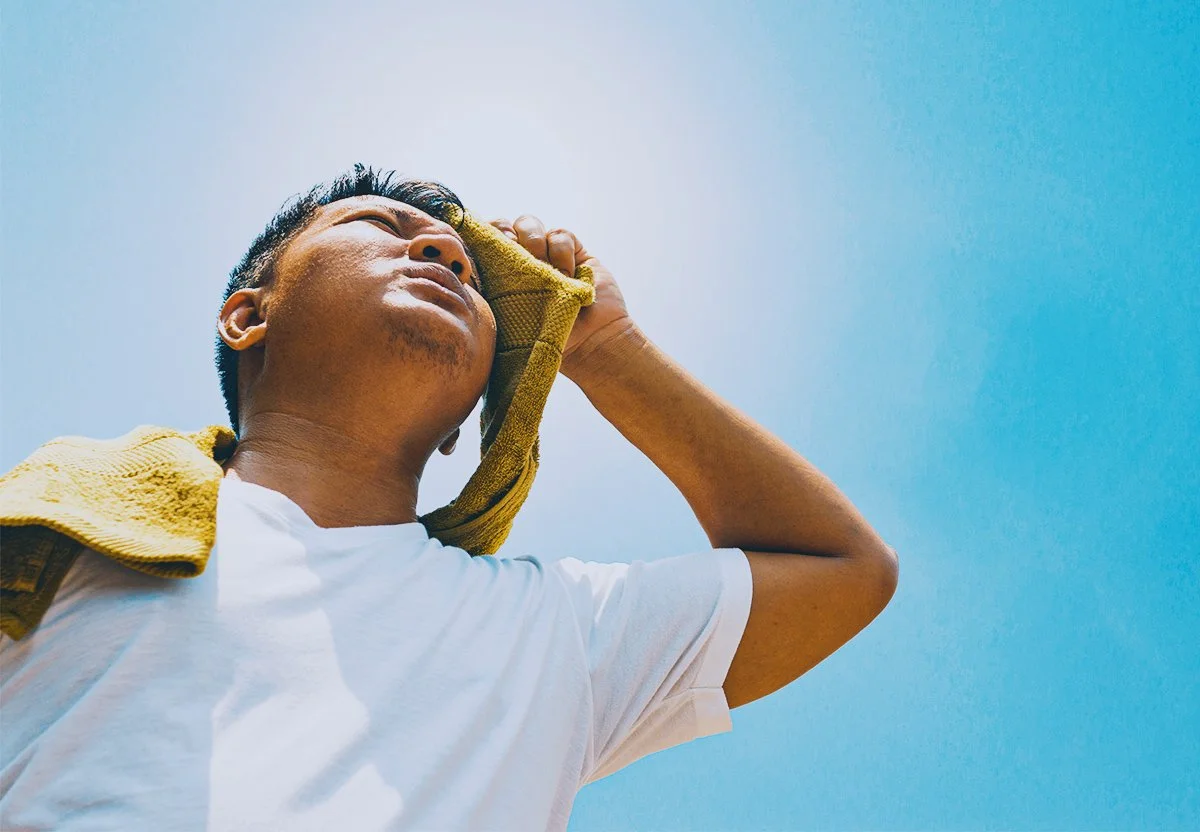Beat the Summer Heat
With temperatures soaring to the triple-digits along the West Coast, Californians are justifiably concerned for their safety. In fact, heat exhaustion and heatstroke cause more deaths in the U.S. than all other natural disasters combined.
Extreme heat or heat waves occur when the temperature reaches extremely high levels or when the combination of heat and humidity causes the air to become oppressive. Scientists expect more frequent and intense heat waves because of climate change.
Those most at risk for heat-related illness and death are children, older adults, outside workers and people with disabilities or chronic diseases. The most dangerous environments are houses with little or no air conditioning, construction worksites and vehicles.
What can we do to protect ourselves? Some of the most important ways to beat the extreme heat are to stay hydrated with water and avoid drinking sugary beverages; stay in a cool or air conditioned area; wear light-weight, light-colored and loose-fitting clothing; schedule outdoor activities and exercise carefully; and wear sunscreen.
Heat-related illnesses, like heat exhaustion or heat stroke, happen when the body is not able to properly cool itself. While the body normally cools itself by sweating, this might not be enough during extreme heat. In these cases, a person’s body temperature rises faster than it can cool itself down – which can cause damage to the brain and other vital organs.
Some factors that might increase your risk of developing a heat-related illness include high levels of humidity, obesity, dehydration, fever, prescription drug use, heart disease, mental illness, poor circulation, sunburn and alcohol use.
The main sign of heatstroke is a high body temperature (generally greater than 104 degrees), with personality changes that may lead to confusion and coma. Skin may also appear hot and dry — although if heatstroke is caused by exertion, the skin may be moist.
Other signs and symptoms may include:
Rapid heartbeat
Rapid and shallow breathing
Feeling dizzy or lightheaded
Headache
Nausea
Cessation of sweating
Irritability, confusion or unconsciousness
Elevated or lowered blood pressure
Fainting, which may be the first sign in older adults
If you suspect someone has heatstroke, here’s what you can do to help:
Move the person out of the sun and into a shady or air-conditioned environment
Call 9-1-1 for emergency medical assistance
Cool the person by covering him or her with damp sheets or by spraying with cool water
Direct air onto the person with a fan or newspaper
Have the person drink cool water, if he or she is able
Finally, it is important to stay informed. Check your local news for extreme heat alerts and to learn about any cooling shelters in your area. Monitor those at high risk and watch for signs of heat-related illness.
The danger of heatstroke is a fact of life in our part of the country. Knowing its symptoms and reacting properly could save a life. Click for more information and hot weather tips.
Pacific Federal is a Zenith American company and subsidiary of Harbour Benefit Holdings, Inc.


